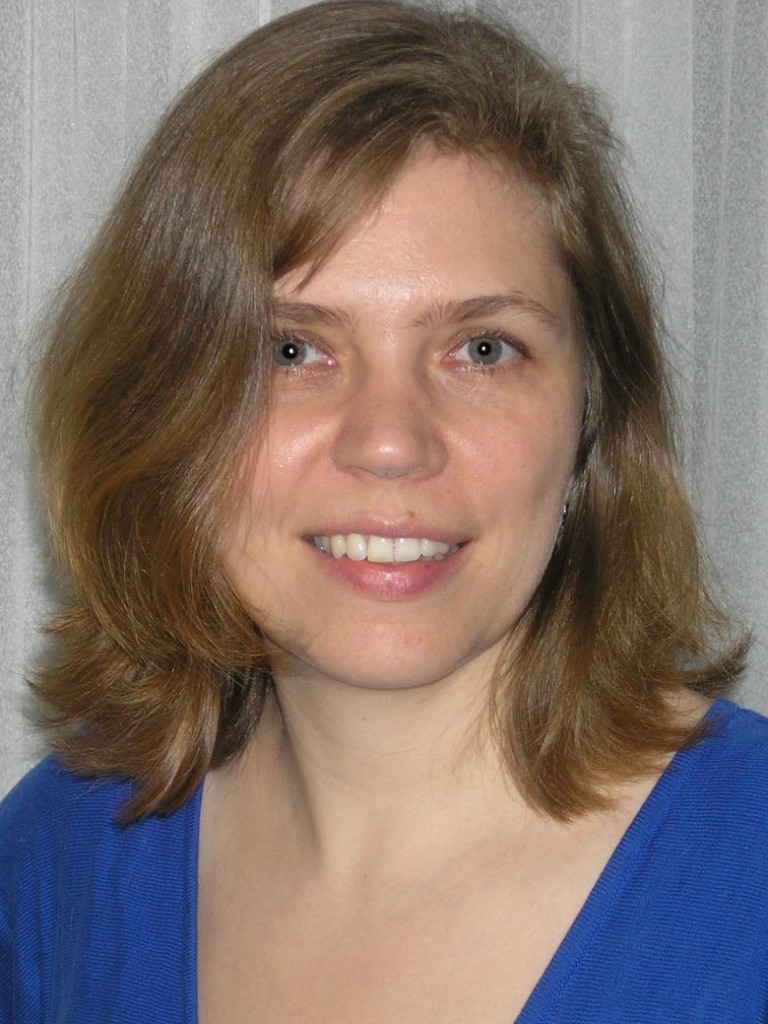 Martina Stenzel studied chemistry at the University of Bayreuth, Germany, before completing her PhD in 1999 at the Institute of Applied Macromolecular Chemistry, University of Stuttgart, Germany. With a DAAD scholarship (German Academic Exchange Service) in her pocket, she started working as a postdoctoral Fellow at the UNESCO Centre for Membrane Science and Technology at the University of New South Wales (UNSW), Sydney, Australia. In 2002, she took on a position as a lecturer at the University of New South Wales and worked within the Centre for Advanced Macromolecular Design (CAMD) on complex polymer architectures via RAFT polymerization and honeycomb structured porous films. In 2007, she got promoted to Associate Professor and in the following year obtained a prestigious ARC Future Fellowship. Her research interest is focused on the synthesis of functional polymers with complex architectures such as glycopolymers and other polymers for biomedical applications, especially polymers with in-built metal complexes for the delivery of metal-based anti-cancer drugs. She is currently the past-chair of the Polymer division of the Royal Australian Chemical Institute and editor of the Australian Journal of Chemistry.
Martina Stenzel studied chemistry at the University of Bayreuth, Germany, before completing her PhD in 1999 at the Institute of Applied Macromolecular Chemistry, University of Stuttgart, Germany. With a DAAD scholarship (German Academic Exchange Service) in her pocket, she started working as a postdoctoral Fellow at the UNESCO Centre for Membrane Science and Technology at the University of New South Wales (UNSW), Sydney, Australia. In 2002, she took on a position as a lecturer at the University of New South Wales and worked within the Centre for Advanced Macromolecular Design (CAMD) on complex polymer architectures via RAFT polymerization and honeycomb structured porous films. In 2007, she got promoted to Associate Professor and in the following year obtained a prestigious ARC Future Fellowship. Her research interest is focused on the synthesis of functional polymers with complex architectures such as glycopolymers and other polymers for biomedical applications, especially polymers with in-built metal complexes for the delivery of metal-based anti-cancer drugs. She is currently the past-chair of the Polymer division of the Royal Australian Chemical Institute and editor of the Australian Journal of Chemistry.
Please follow the link for further information on Martina’s research group and her recent paper in Polymer Chemistry.
What was your inspiration in becoming a chemist?
I really enjoyed chemistry at school and having a great chemistry teacher helped. I took chemistry as a main subject and I choose as my subject assignment a topic on antibiotics. Reading about discoveries and advancement in this area absolutely fascinated me and I decided that this is my destiny. Unfortunately, I never worked with antibiotics. Maybe I should combine antibiotics with polymers, here is an idea….!
What was the motivation behind the research in your recent Polymer Chemistry paper?
We are on a quest to figure out what is the best possible polymer structure to achieve highest binding while we only need very small amount of sugar. Synthesis of certain carbohydrates can be very tedious and we don’t want to “waste” any active molecules. We therefore thought that the design of a flexible spacer allows the sugar to move around like an octopus to find the lectin receptor.
Why did you choose Polymer Chemistry to publish your work?
The reviewing process is highly efficient, you know the outcome of your submission in less than three weeks. In addition, Polymer Chemistry has a lot of exposure, I think it is already on the “to read” list of a lot of polymer scientists.
In which upcoming conferences may our readers meet you?
I will be at the European Polymer Federation in Granada, at the Asian Cyclodextrin Conference in Australia and the Polymer Pacific Federation in Korea. Unfortunately, Australia is a long way away and travelling is not so easy.
How do you spend your spare time?
I have two little children, my “spare” time involves swings, the zoo and listening to “baa baa black sheep” at least twenty times in a row. If I have time though, I enjoy reading a good novel and books on medieval history. I also enjoy bush walking and sight seeing.
Which profession would you choose if you were not a scientist?
I love astronomy! I could imagine myself gazing into the stars for a living.










